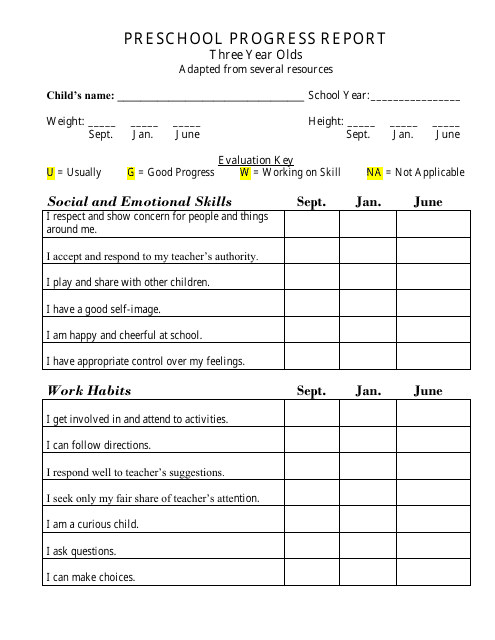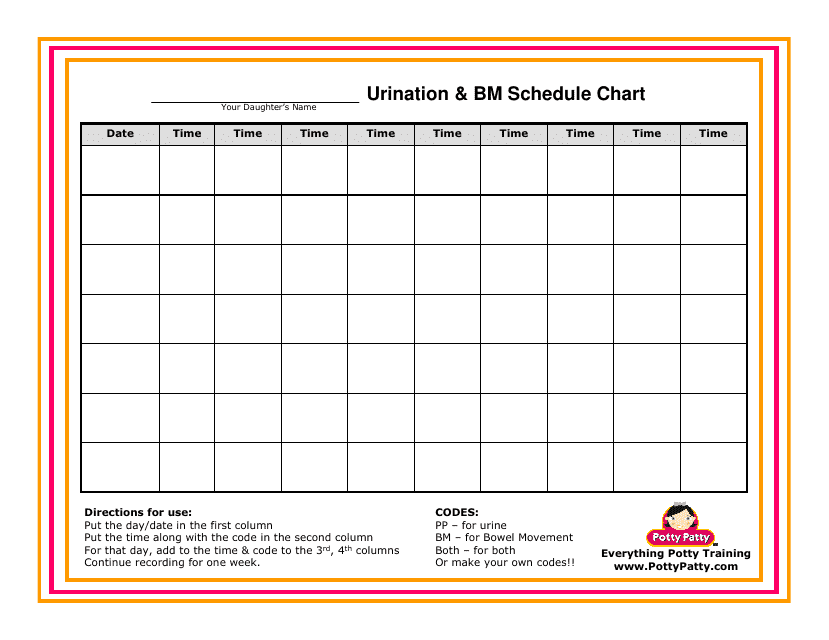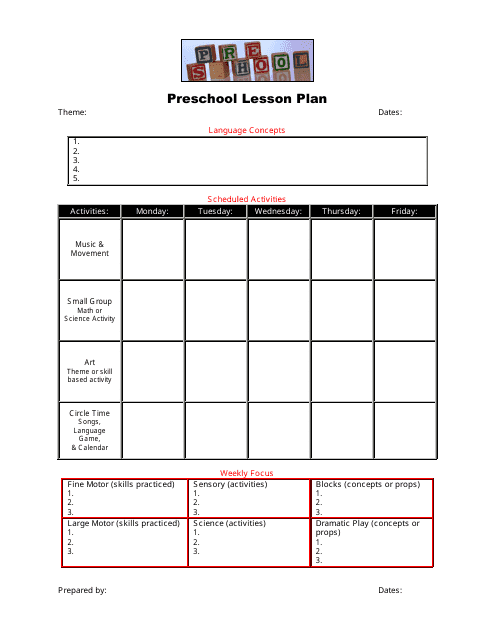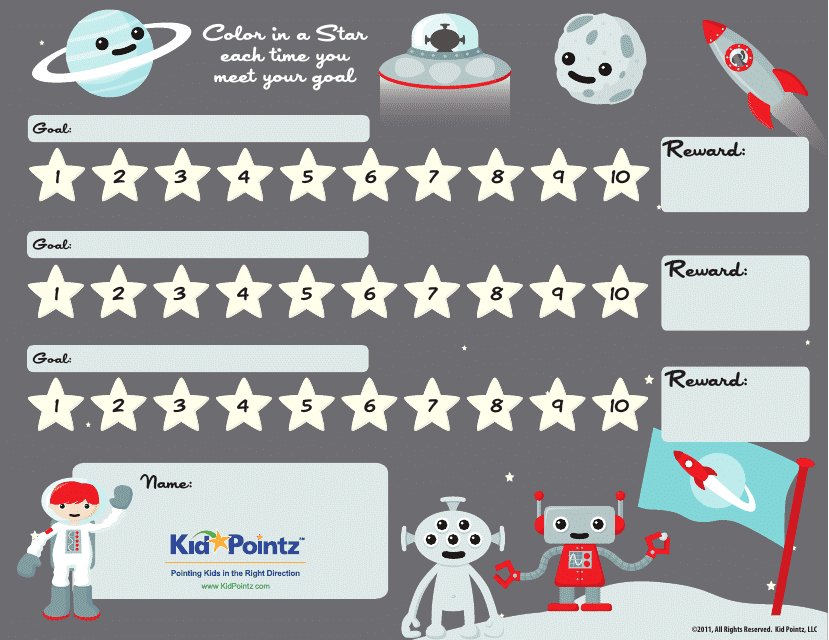Free Child Development Chart Templates
Child Development Chart: What Is It?
The most effective way to track the development of a child is by using a Child Development Chart because we all know that watching a minor grow is a fantastic and one-of-a-kind experience. Any individual will be filled with happiness and pride as they witness the transition from the dependent state of infancy to mature autonomy.
Alternate Name:
- Child Development Stage Chart.
Nevertheless, as a child develops, fear and worry will surely surface from time to time for any parent or legal guardian. At one point we may all start questioning whether a child is developing as they should and this is a completely normal question. A parent may reduce some of that tension by equipping themselves with knowledge about the developmental stages of a child which will help explain to them what to expect and what issues could be a red flag.
But it's important to remember that no kids will ever develop in the exact same manner. Each individual is different. However, you will find that an approximate range exists in which a minor may achieve a particular developmental achievement – but this is just an average observation. If a parent sees that their child is not developing in line with the typical trend, they should speak with a healthcare professional who will be able to give more guidance.
Keep in mind that such ranges and achievements are only a basic overview of what you could observe a child to be doing at various ages; these aren't exact guidelines. Several typical growth tempos and trends exist depending on the individual. But they do act as a good reference to help parents spot any issues with development early on.
For a full list of Child Development Chart templates please feel free to check out our library below.
Still looking for a particular template? Take a look at the related templates below:
Documents:
290
This document provides a visual representation of the various stages of child development, including physical, cognitive, and emotional milestones. It can help parents and caregivers track their child's progress and identify any areas that might need additional support or attention.
This document is a template for a 6-month well child visit list, provided by Pediatric Junction. It helps parents and caregivers keep track of the necessary items and topics to discuss during their child's visit.
This document is a set of flash cards designed to help parents and educators support and enhance child development. Each flash card focuses on a different aspect of child development such as language, motor skills, and cognitive abilities. Use these flash cards to engage children in fun and educational activities that promote their growth and learning.
This document is a template for a Child Abuse Awareness Certificate. It can be used to recognize individuals who have completed training or education on child abuse awareness and prevention. Use this template to create a professional and official recognition for their efforts.
This document is a template for tracking the growth of a child. It helps to monitor and record key growth milestones such as height and weight.
This form is used for conducting a well-child exam for children at the age of 18 months in the state of Ohio. It includes information on the child's overall health, growth and development, and recommended vaccinations.
This document provides a Body Mass Index (BMI) chart specifically designed for children. It helps parents and healthcare professionals assess a child's weight status based on their age and height.
This document is a template for a progress report for three-year-old preschoolers. It is used to track and report on their development and achievements in various areas of learning.
This chart shows the average weight range for boys from birth to 2 years old. It is useful for tracking a baby's growth and comparing it to other babies of the same age.
This document provides a growth chart for boys between the ages of 2 to 5 years, specifically measuring the Body Mass Index (BMI) percentiles. It helps track and monitor a child's growth and weight status.
This document provides a growth chart for boys aged 6 months to 2 years, showing the average length-for-age percentiles.
This document is a growth chart that shows the average height for boys aged 2 to 5 years. It displays percentiles to help track a child's growth compared to other children of the same age.
This document provides a growth chart that shows the average weight-for-age percentiles for boys between 6 months and 2 years old.
This document provides a weight-for-age chart specifically designed for girls between the ages of 6 months to 2 years. It helps track and compare the weight of young girls to ensure healthy growth and development.
This document provides a growth chart that shows the average weight-for-age percentiles for boys between the ages of 2 to 5 years. It can help parents and healthcare providers track a child's growth and development.
This document provides a growth chart for boys from birth to 6 months old, showing percentiles for length according to age.
This type of document is a growth chart specifically for boys from birth to 2 years old. It uses BMI-for-age percentiles to track and measure a child's growth and development.
This document is a growth chart for boys, showing the average length for age from birth to 2 years. It includes percentile rankings to track the growth progress of boys.
This document provides a chart showing the length percentile for girls from birth to 2 years old. It helps parents track their child's growth and compare it to the average range for their age.
This document provides a weight-for-age chart for girls from birth to 5 years old, using Z-scores. It helps track a child's weight and evaluate their growth in relation to other children of the same age and sex.
This document is a chart provided by the Centers for Disease Control and Prevention (CDC) that shows the average height and weight percentiles for girls between the ages of 2 to 5 years. It can be used to monitor the growth and development of young girls.
This type of document is a growth chart specifically designed for girls between the ages of 2 to 18 years. It helps track the growth and development of girls over time.
This chart shows the Body Mass Index (BMI) percentiles for boys aged 6 to 18 years old. It is used to track a child's weight status and determine if they fall within a healthy range for their age.
This report is used for evaluating the basic skills, language development, and social skills of preschool students on a monthly basis.
This document is a growth chart provided by the Centers for Disease Control and Prevention (CDC) in the United States. It is used to track the weight-for-stature percentile of boys between the ages of 2 and 20. The chart provides percentiles ranging from the 5th to the 95th, helping to assess a child's growth and development.
This document provides a growth chart for boys from birth to 36 months, showing the percentiles for head circumference and weight-for-length. It helps track a child's growth and development.
This document is a growth chart for boys that shows the weight-for-stature percentiles ranging from the 3rd to the 97th percentile.
This document is a Bob the Builder-themed reward chart designed to motivate and track children's progress. It can be used to encourage positive behavior and completion of tasks.
This type of document is a blank potty chart used to track and reward progress in potty training.
This document provides information on immunizations and developmental milestones for children from birth through 6 years old.
This document provides a schedule chart for girls to track their urination and bowel movement habits. It helps create a routine and keep track of regular daily activities.
This Form is used for keeping track of a child's daily activities and behaviors at a daycare or school. It allows parents and caregivers to stay informed about the child's progress throughout the day.
This document is a template for creating lesson plans specifically designed for preschool aged children. It provides a structured format to outline activities, objectives, and materials to be used during each lesson.
This document provides a standardized assessment for evaluating the general skills and development of pre-kindergarten students. It helps gather information about a child's abilities, including cognitive, social, emotional, and physical areas.
This form is used for assessing scissor skills of children in pre-kindergarten. It helps evaluate their proficiency in using scissors as part of their fine motor development.
This document is a template for a Prek-K (preschool to kindergarten) assessment worksheet. It is designed by Cindy Downes, a professional in early childhood education. Use this template to evaluate the learning progress of young children.
This document provides a chart outlining the typical developmental milestones that babies achieve in different areas such as motor skills, communication, and social interactions. It serves as a helpful reference for parents and caregivers to track their baby's growth and development.
This template is used to create a star goal chart for children. It helps parents track and reward their child's progress towards achieving specific goals.
This form is used for observing and documenting the activities and behavior of children in a preschool setting. It helps educators assess the development and progress of young children.
This document is a template for a checklist used to observe and assess preschoolers in various areas such as behavior, social skills, and cognitive development. It is a helpful tool for educators and parents to track a child's progress and identify areas that may need attention.







































